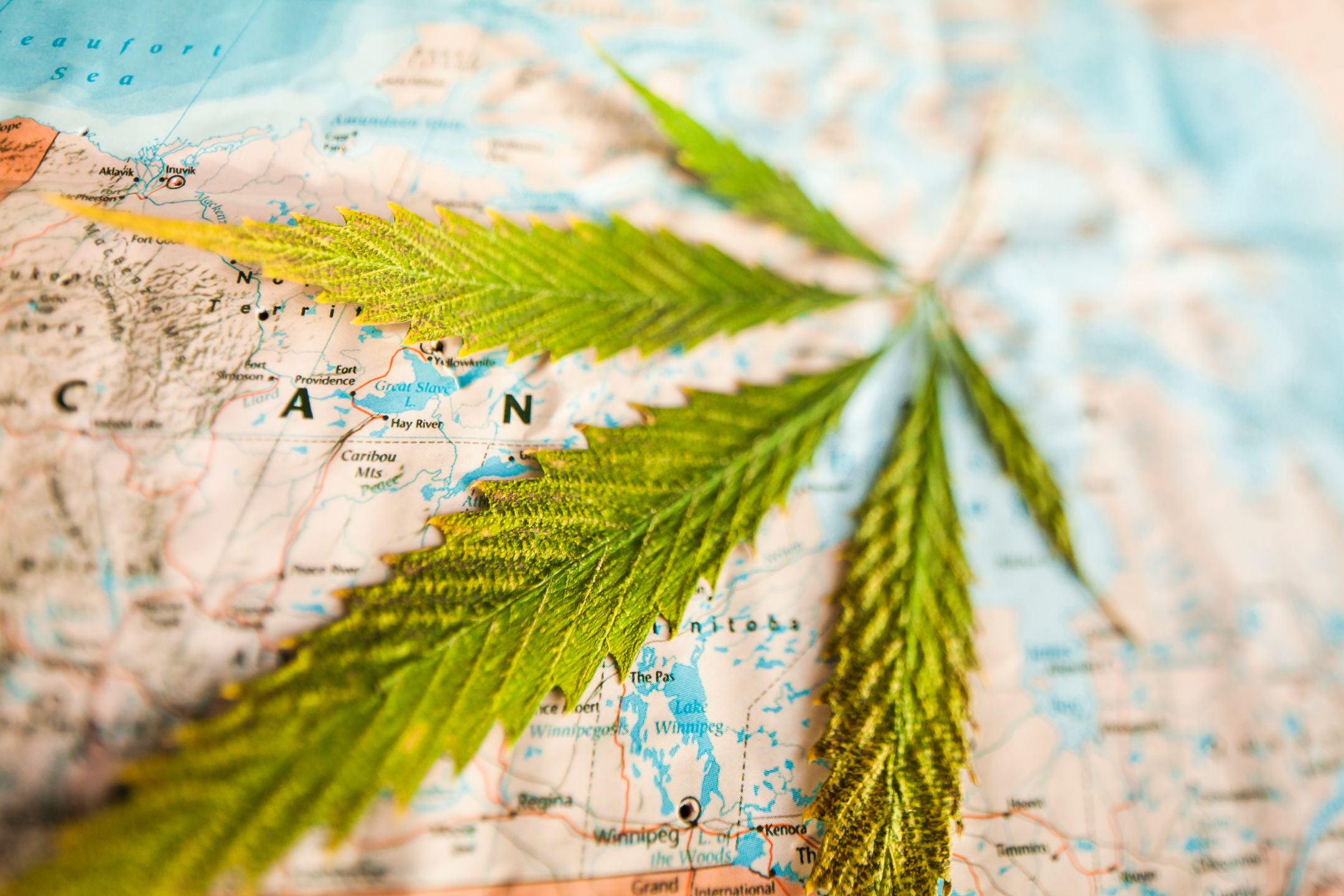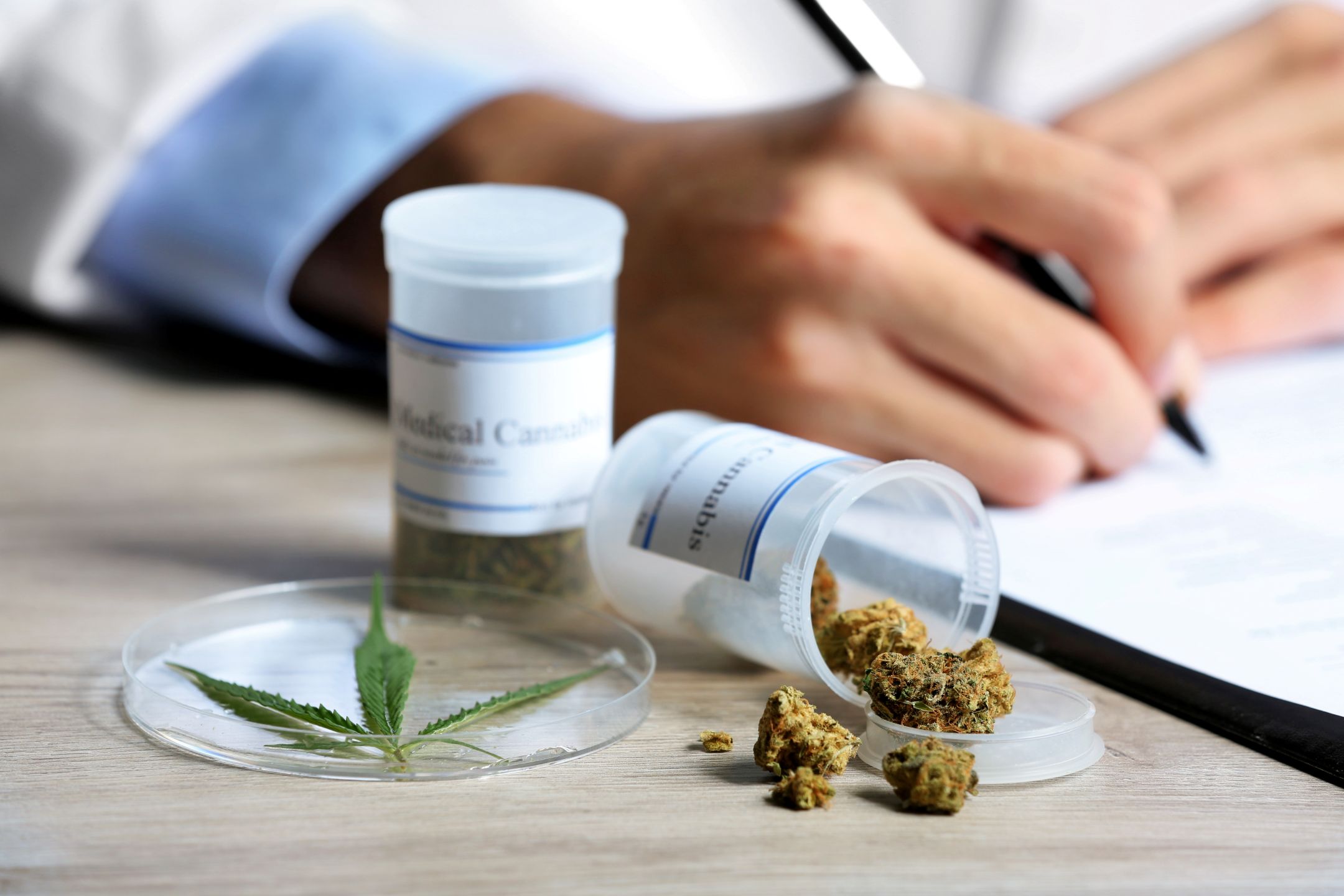
Traveling with medical cannabis can be a complex and confusing process, as laws can vary significantly between countries, states, and even cities. Patients who rely on cannabis for therapeutic purposes must navigate a web of regulations to avoid legal trouble. Understanding the rules beforehand is crucial to ensure a smooth and stress-free journey.
Below are eight things to know when traveling with medical cannabis:
1. Know the Local and Destination Laws
Laws regarding medical cannabis can differ drastically across jurisdictions. While some regions permit its use with a prescription, others classify it as an illegal substance with severe penalties. In countries like Canada and certain U.S. states, traveling with medical cannabis may be allowed if the patient carries proper documentation. However, crossing state or provincial lines can still pose legal risks.
When it comes to international travel, most countries prohibit cannabis in any form, even with a prescription. Transporting it across borders could result in fines, confiscation, or arrest. For instance, if you’re from Australia, accessing medical cannabis Australia requires a prescription from an authorized healthcare provider. Some reputable clinics can provide legal pathways for patients to obtain their medication.
However, traveling with it, whether domestically or internationally, demands careful planning. As such, it’s important to always verify the latest regulations from official government sources before departure.
2. Carry Proper Documentation
When traveling with medical cannabis, you must carry essential documentation to avoid legal issues. This includes a copy of your prescription or a doctor’s letter, a valid medical cannabis card (if applicable), and the original pharmacy-labeled packaging. These documents can verify the legality of possession and help prevent misunderstandings with authorities.
Airlines and border control agents may also inspect these materials, and failure to present them could result in confiscation, fines, or even legal penalties. Proper preparation can ensure a smoother travel experience.
3. Check Airline Policies
Before traveling with medical cannabis, you must verify your airline’s specific regulations. While some airlines allow cannabis in checked baggage, others may require it to remain in carry-on luggage or prohibit it entirely. Policies can vary even within the same country, so contacting the airline beforehand is essential. Additionally, international flights may follow stricter rules than domestic ones. Failure to comply with airline policies could lead to denied boarding, confiscation of medication, or legal consequences. Always check the airline’s official website or customer service for the most up-to-date guidelines before departure.
4. Consider Alternative Solutions
If carrying medical cannabis poses too much risk, you should explore other options. One approach is obtaining a temporary prescription from a licensed physician at the destination. Alternatively, non-cannabis treatments, such as prescribed pharmaceuticals or holistic remedies, may provide temporary relief during travel. Another option is researching legal CBD products in the destination country, as some places allow CBD with low THC content.
Planning can ensure uninterrupted care while avoiding legal complications. Consulting with a healthcare provider before making changes to a treatment plan is also strongly advised.
5. Be Cautious with Layovers
Travelers with layovers must be especially careful when carrying medical cannabis. Even if the final destination permits its use, transit countries may have zero-tolerance policies. Regardless of the prescriptions, authorities in these locations could detain passengers or impose severe penalties.
Before booking flights, you should research layover destinations and, if possible, choose routes that avoid high-risk jurisdictions. In cases where transit through strict regions is unavoidable, leaving cannabis at home and arranging alternative treatments may be the safest option. Always prioritize legal safety over convenience.
6. Understand Quantity Restrictions
Many jurisdictions can impose strict limits on how much medical cannabis travelers can carry. These restrictions vary by location as some may allow a 30-day supply, while others permit only smaller quantities. Exceeding these limits, even with a valid prescription, could result in confiscation, fines, or legal action. You should research destination-specific regulations and carry only the approved amount in its original labeled packaging.
Keeping documentation handy can also help verify compliance if questioned by authorities. Always confirm the latest guidelines, as laws frequently change.
7. Be Discreet and Respectful
Even in regions where medical cannabis is legal, public consumption typically remains prohibited. You should avoid using cannabis openly in airports, on planes, or in unfamiliar public spaces to prevent unwanted scrutiny. Discreet storage in smell-proof containers and consumption in private settings can help maintain low visibility. Respecting local norms and laws can also preserve patient access while minimizing conflicts.
Remember, legal permission doesn’t guarantee social acceptance, so exercising caution can ensure a hassle-free experience for travelers and those around them.
8. Consult Legal Experts if Unsure

Cannabis laws are complex and constantly evolving, making professional guidance invaluable. A legal expert specializing in medical cannabis can clarify travel regulations, documentation requirements, and risk factors for specific destinations. This step is especially crucial for international trips, where penalties for noncompliance can be severe.
Investing in a brief consultation can help avoid accidental violations that could lead to detainment or legal repercussions. When in doubt, erring on the side of caution with expert advice can protect both health and legal standing.
Final Thoughts
Traveling with medical cannabis requires thorough research and preparation. You must stay informed about changing regulations and ensure compliance at every stage of your journey. By adhering to these guidelines, you can minimize risks and focus on your travels with greater peace of mind.



